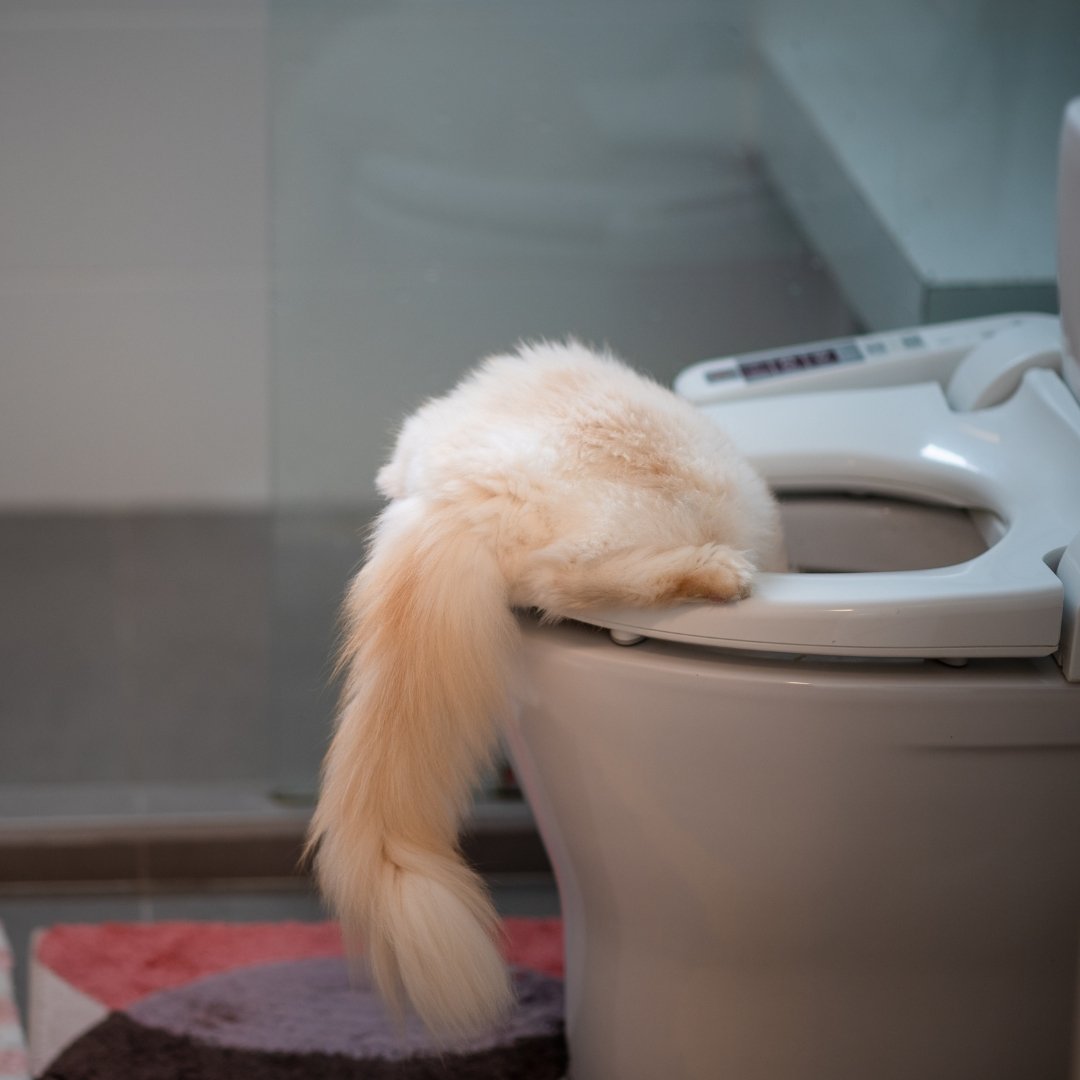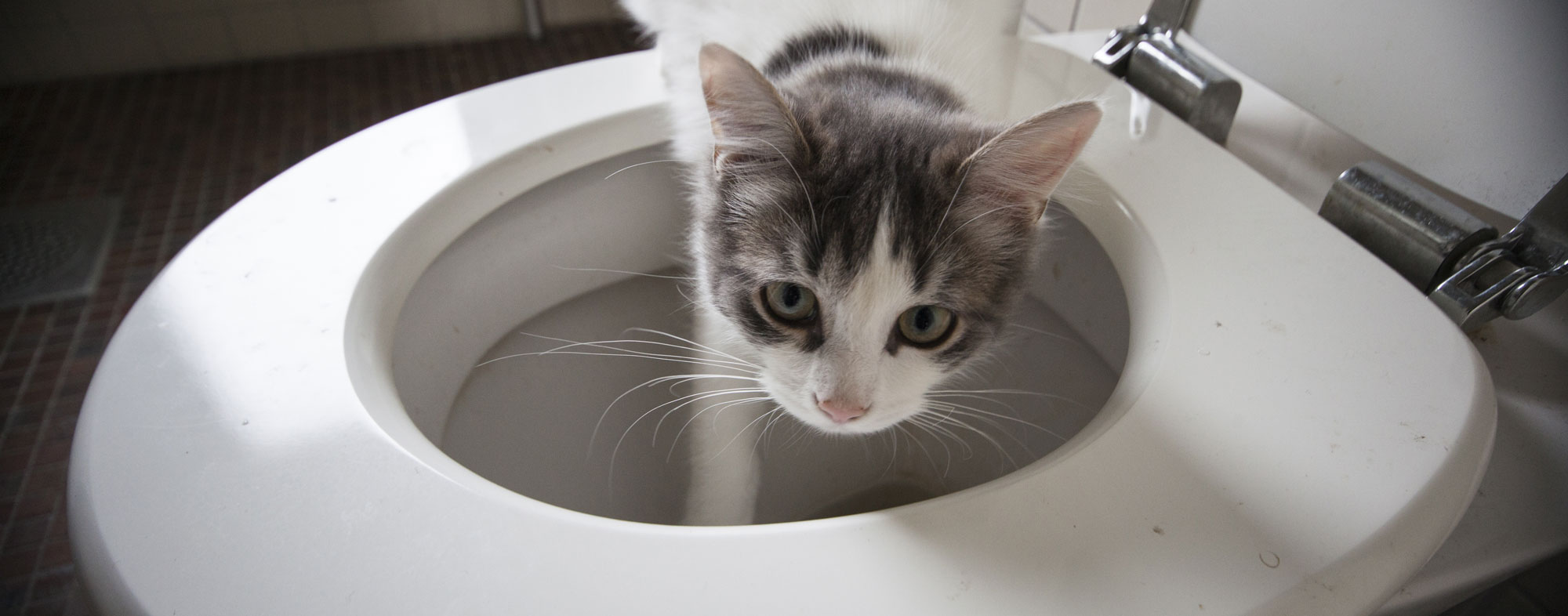Potential Issues of Flushing Cat Poop Down Your Toilet - Safeguard Your Plumbing
Potential Issues of Flushing Cat Poop Down Your Toilet - Safeguard Your Plumbing
Blog Article
Here in the next paragraph you can find some decent content about How to Dispose of Cat Poop and Litter Without Plastic Bags.

Introduction
As feline proprietors, it's necessary to bear in mind exactly how we take care of our feline friends' waste. While it may appear hassle-free to flush feline poop down the toilet, this practice can have destructive repercussions for both the atmosphere and human health and wellness.
Alternatives to Flushing
Fortunately, there are more secure and extra responsible methods to throw away feline poop. Think about the complying with choices:
1. Scoop and Dispose in Trash
The most usual approach of throwing away pet cat poop is to scoop it right into a biodegradable bag and toss it in the trash. Be sure to utilize a specialized clutter inside story and get rid of the waste immediately.
2. Usage Biodegradable Litter
Select naturally degradable pet cat trash made from products such as corn or wheat. These trashes are eco-friendly and can be safely thrown away in the garbage.
3. Hide in the Yard
If you have a yard, think about burying feline waste in a designated location away from veggie gardens and water resources. Make certain to dig deep sufficient to stop contamination of groundwater.
4. Mount a Pet Waste Disposal System
Buy a family pet garbage disposal system specifically designed for cat waste. These systems utilize enzymes to break down the waste, reducing smell and ecological impact.
Health and wellness Risks
In addition to ecological concerns, purging cat waste can likewise present wellness threats to human beings. Feline feces may include Toxoplasma gondii, a parasite that can trigger toxoplasmosis-- a possibly extreme illness, particularly for expectant women and people with damaged immune systems.
Environmental Impact
Purging pet cat poop introduces harmful virus and parasites right into the water, posturing a considerable danger to marine communities. These contaminants can negatively affect marine life and concession water high quality.
Final thought
Liable animal ownership expands beyond supplying food and sanctuary-- it additionally involves appropriate waste management. By avoiding flushing feline poop down the bathroom and choosing different disposal techniques, we can reduce our environmental impact and protect human wellness.
Why Can’t I Flush Cat Poop?
It Spreads a Parasite
Cats are frequently infected with a parasite called toxoplasma gondii. The parasite causes an infection called toxoplasmosis. It is usually harmless to cats. The parasite only uses cat poop as a host for its eggs. Otherwise, the cat’s immune system usually keeps the infection at low enough levels to maintain its own health. But it does not stop the develop of eggs. These eggs are tiny and surprisingly tough. They may survive for a year before they begin to grow. But that’s the problem.
Our wastewater system is not designed to deal with toxoplasmosis eggs. Instead, most eggs will flush from your toilet into sewers and wastewater management plants. After the sewage is treated for many other harmful things in it, it is typically released into local rivers, lakes, or oceans. Here, the toxoplasmosis eggs can find new hosts, including starfish, crabs, otters, and many other wildlife. For many, this is a significant risk to their health. Toxoplasmosis can also end up infecting water sources that are important for agriculture, which means our deer, pigs, and sheep can get infected too.
Is There Risk to Humans?
There can be a risk to human life from flushing cat poop down the toilet. If you do so, the parasites from your cat’s poop can end up in shellfish, game animals, or livestock. If this meat is then served raw or undercooked, the people who eat it can get sick.
In fact, according to the CDC, 40 million people in the United States are infected with toxoplasma gondii. They get it from exposure to infected seafood, or from some kind of cat poop contamination, like drinking from a stream that is contaminated or touching anything that has come into contact with cat poop. That includes just cleaning a cat litter box.
Most people who get infected with these parasites will not develop any symptoms. However, for pregnant women or for those with compromised immune systems, the parasite can cause severe health problems.
How to Handle Cat Poop
The best way to handle cat poop is actually to clean the box more often. The eggs that the parasite sheds will not become active until one to five days after the cat poops. That means that if you clean daily, you’re much less likely to come into direct contact with infectious eggs.
That said, always dispose of cat poop in the garbage and not down the toilet. Wash your hands before and after you clean the litter box, and bring the bag of poop right outside to your garbage bins.
https://trenchlesssolutionsusa.com/why-cant-i-flush-cat-poop/

I found that piece about How to Dispose of Cat Poop and Litter Without Plastic Bags while doing a lookup on the web. If you please take the opportunity to promote this blog posting if you liked it. Thanks a lot for your time. Don't hesitate to stop by our site back soon.
Click Here Report this page